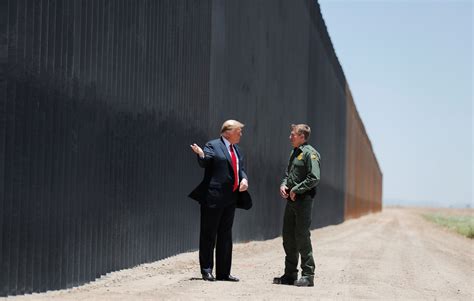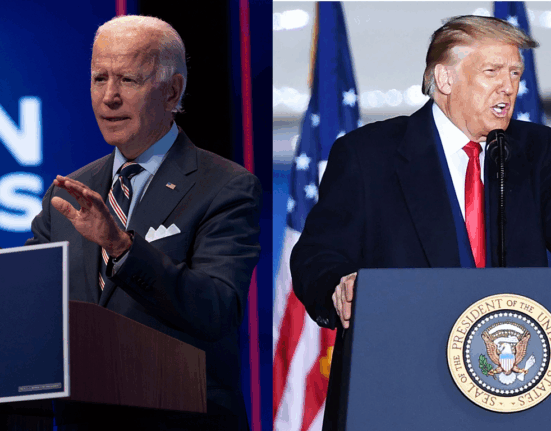Imagine a world where borders are just lines on a map, easily erased or redrawn at will. U.S. President Donald Trump seems to think that this is the case with Canada. His comments about Canada’s border being “artificial” have raised eyebrows and echoed dangerous sentiments often seen in discussions about the Middle East.
“The claim that some borders are ‘natural’ and others are ‘artificial’ is a bad idea.”
But let’s take a step back and look beyond the surface. The concept of borders being either “natural” or “artificial” is not as straightforward as it may seem. It has been used by various groups, from ultra-nationalists to anti-colonialists, each pushing their own agenda.
In the case of the Middle East, the roots of border conflicts can be traced back to British and French officials Mark Sykes and François Georges-Picot, who drew arbitrary lines on maps in 1916 without much consideration for the region’s complex social fabric. These artificial divisions sowed seeds of instability that continue to affect the region today.
“The problem with this narrative isn’t that Sykes and Picot had good intentions or drew particularly good borders.”
Fast forward to North America, where similar arbitrary divisions were made by European powers eager to stake their claims. The U.S.-Canada border, often taken for granted as a peaceful boundary, was itself drawn with little regard for indigenous communities or natural geographic features.
Borders across the world are more than just lines—they represent complex histories of conquest, diplomacy, and cultural exchange. Whether in the deserts of Syria or the plains of North America, these boundaries hold significance far beyond mere cartography.
When we look at Canada’s history with its southern neighbor, we see a story of diplomatic negotiations and territorial disputes that shaped the modern relationship between these two countries. From failed invasions to heated border disputes over lumber resources, every inch of land was contested and eventually settled through compromise.
“How Big Does Donald Trump Think Greenland Is? Map projections may be key to understand a presidential obsession.”
However, what sets Canada apart from many other regions plagued by border conflicts is its ability to maintain stability and peace along its borders. The U.S.-Canadian border stands out as one of the longest undefended borders globally—a testament to generations of diplomacy and mutual respect.
As we navigate through discussions about artificial borders and sovereignty, it becomes clear that dismissing established boundaries can have far-reaching consequences. What may seem like a simple line on a map carries profound implications for communities living on either side.
In an era where political rhetoric often seeks to undermine existing structures for personal gain or nationalistic fervor, it is essential to remember that borders are not just abstract concepts—they impact real lives and livelihoods.
So next time you glance at a map and see those seemingly insignificant lines separating nations, remember that behind each border lies a story of struggle, negotiation, and coexistence—a story that continues to unfold with every diplomatic agreement signed or disputed territory resolved.









Leave feedback about this